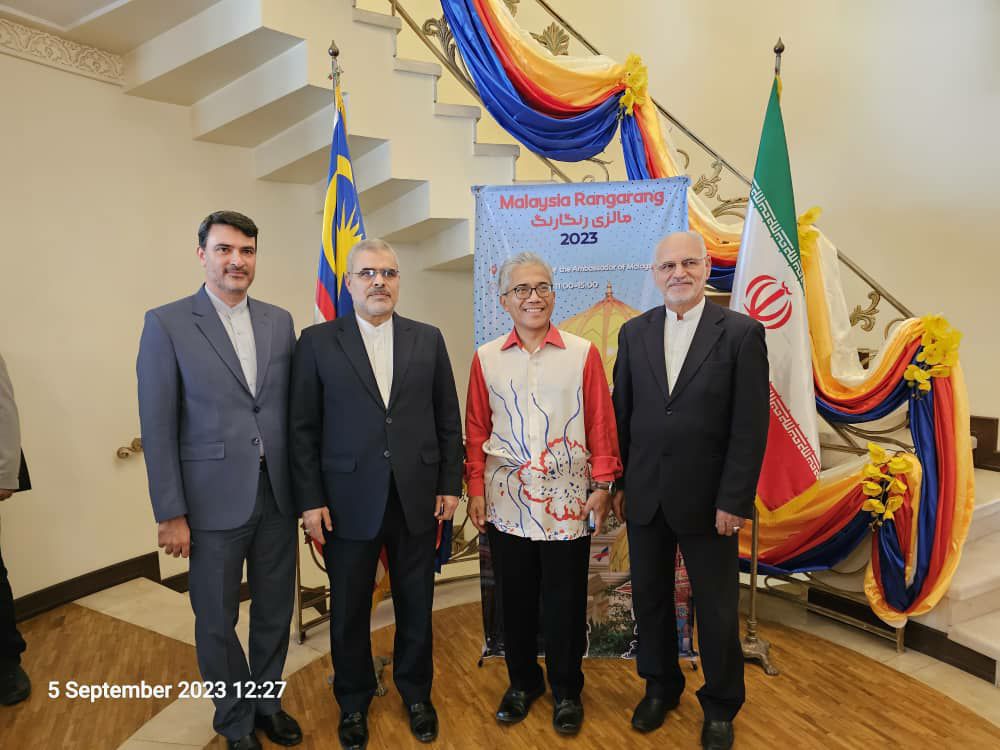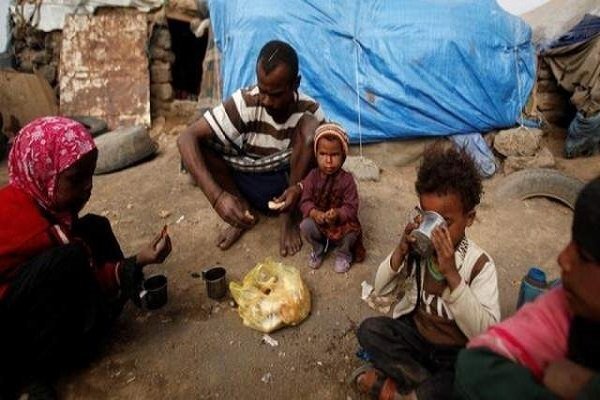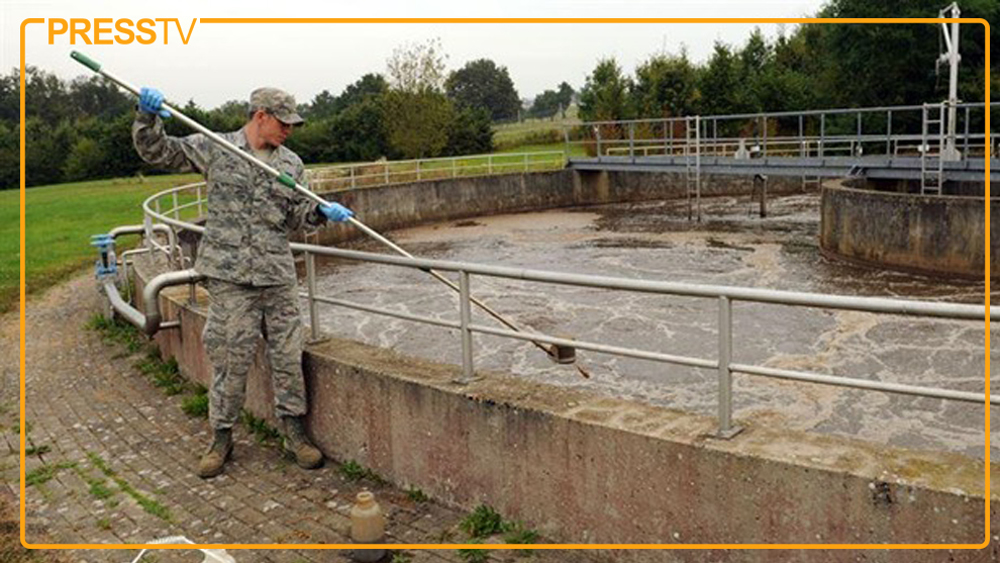Iran to Boost Gas Flaring Recovery to 295 Million Cubic Feet per Day by 2026
TEHRAN (Iran News) Speaking at a ceremony marking the signing of Iran’s largest gas flaring recovery project—attended virtually by President Masoud Pezeshkian—Paknejad said that reducing gas flaring has long been a major concern for the oil industry. “Preventing the burning of associated gas and extinguishing flares has been one of the key environmental and economic priorities in recent years,” he said. “With a firm national commitment, significant steps have been taken to curb the waste of this valuable national resource.”
The minister emphasized that flare gas recovery plays a crucial role in reducing air pollution, protecting the environment, and improving energy balance, in addition to its considerable economic value. “This initiative prevents the loss of national wealth and transforms wasted gas into a valuable feedstock for industry,” he noted.
According to Paknejad, Iran has prioritized both short- and long-term flare gas recovery programs, carried out with the active participation and investment of private and non-governmental sectors.
He recalled that prior to the 14th administration, Iran had developed a total capacity of around 330 mcf/d for flare gas recovery through various projects, including the first phase of the NGL 3200 plant, and short-term projects in the Parsi Cluster, Marun 3, 5, and 6, and Cheshmeh Khosh.
Under the Seventh National Development Plan, Iran’s National Iranian Oil Company (NIOC) and National Iranian Gas Company (NIGC) are obligated to recover around 1.5 billion cubic feet per day (bcf/d) of flare gas by the end of the plan. “To meet this target, comprehensive plans have been designed and launched,” Paknejad said.
He outlined recent achievements, including gas recovery from Rag Sefid and Gachsaran 1 and 2, commissioning of the NGL 3100 plant, completion of the Marun 5 sour gas project, operation of compressors at NGL 1000, and launch of the Haftkel station. Additional projects under the Bidboland and Marun contracts are expected to come online by 2025.
“With the 12 new contracts signed today, flare gas recovery will gradually increase by about 295 mcf/d by the end of 1405 (2026–2027),” the minister said, adding that total recovery will reach the equivalent of 44 million cubic meters per day by the end of the Seventh Plan—a key quantitative goal set for the sector.
The 12 contracts—signed in the presence of President Pezeshkian—cover the recovery of flare gas from 32 flares across oilfields in Ahvaz, Rag Sefid, Bibi Hakimeh, Lali, Golkhari, Haft Shahidan, Kupal, Karun, and Zilayi, spanning the provinces of Khuzestan, Kohgiluyeh and Boyer-Ahmad, and Bushehr.
“These agreements mark a new phase in private sector participation and demonstrate the determination of Iranian engineers and managers to use energy resources efficiently,” Paknejad said.
He invited both domestic and knowledge-based companies to invest in remaining gas recovery zones, saying the government is actively facilitating private sector engagement.
According to Paknejad, the newly signed projects will add about 180 mcf/d of light gas to national production, generating an estimated $600 million in annual revenue from gas sales, processing, and value-added product chains. The projects are also expected to create around 2,000 direct and indirect jobs in the southern oilfields.
He stressed that these projects will also supply feedstock for petrochemical plants, supporting Iran’s broader strategy of completing its value chain in the energy sector.
Paknejad highlighted that all 12 projects are being implemented under a fully private investment model, with the government playing no financial role. “In line with the 14th administration’s strategy to end gas flaring, these contracts were awarded to private and semi-public companies,” he said.
Under the contractual framework, ownership of the facilities will rest with the private investor, who will utilize the recovered rich gas for further processing and sale under an agreed pricing mechanism. “All revenues and added value from these projects will belong entirely to the private sector,” the minister explained. “Iran ”
He described this as a major transformation in Iran’s approach to investing in flare gas projects, noting that the model has already attracted strong private sector interest. “This plan fulfills a long-standing dream of the oil industry. For decades, experts and executives have sought to capture and use flare gas to prevent the destruction of this national wealth,” he said.
Estimates suggest that with an investment of around $800 million, these projects will eliminate about 30 flares within two years, preventing the daily loss of over 295 mcf of natural gas.
The contracts are projected to generate $550–600 million in annual revenue, produce approximately 800,000 tons of gas liquids per year, and inject around 200 mcf/d of light gas into Iran’s national grid—helping meet domestic energy demand, particularly during the cold winter months.
Paknejad praised President Pezeshkian’s “unwavering support” for the oil sector and environmental sustainability. “Without his commitment, such large-scale progress in gas recovery would not have been possible,” he said, adding that the government is working to advance implementation timelines by at least one year ahead of schedule.
He concluded, “These projects are not just industrial initiatives—they are a gift to the Iranian people, ensuring cleaner air, sustainable energy, and dignified national development.”
- source : IRAN NEWS ECONOMIC DESK






























